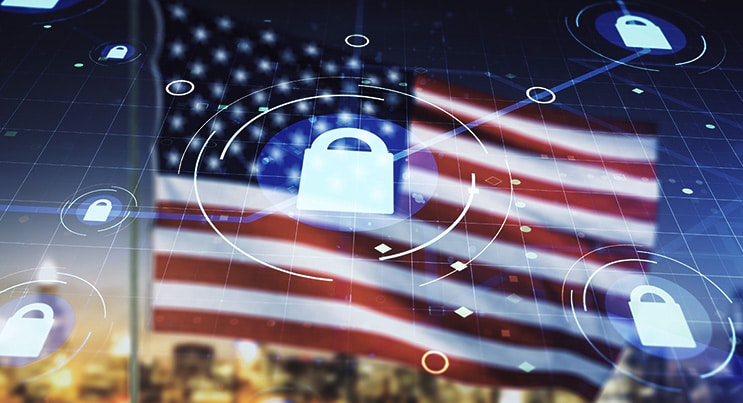Ransomware attacks have become stronger than ever as the internet has become increasingly vulnerable to these issues. Every day, at least 10 small or big businesses are hacked or systems are penetrated into by outsiders. Some get lucky and break through the firewall while others do not have good encryption to penetrate through a system. Hence, it is a matter of time before you will see something pop up on your screen too. How do you deal with it? Well, there’s no manual on it, but researchers and IT experts have come up with a few suggestions for companies and home-based users to be able to understand what they need to do.
Ransomware is the same all over the world. Whether they hack into your system and decrypt it or they send a worm which slowly infects your computer system. The methods are more or less the same and so are the modes of payment. It must be kept in mind that you are paying to get the data back. The recipient is a criminal and has no sympathy for you, your family or your company. So once you have paid, there’s no guarantee that data will be fully recovered. Moreover, as it may seem obvious to the hacker that your system is more vulnerable to these issues, he might want to give away your credentials to other hackers or use your current information to demand later on.
People who are the least interested in updating their software are the easiest targets. Their computers are easily hacked and they end up paying. System upgrades are the first step in trying to avoid these issues.
In case you have been a victim, do not pay the ransom. Retrieving your files may not be as easy as you think. This is because malware may have been designed by different attackers so the key to encrypt a file may be hard to find. In some cases, you might be able to crack the code. If this doesn’t work, then you might want to restore your entire system.
A restoration is an option which will clean your system and you will lose all your files. Another way is to disconnect your system from the internet and back up the files which are not affected and reboot the system.
You may also download and run security software to check and clear your system of any malware. Remember, if your system is not connected to the internet, it will lose contact with its own command and control server. This way it will remain idle and won’t harm the system.
If all fails, the best possible solution is to take the help of an IT specialist and let him get rid of the virus from your system.
To avoid all of these hassles, keep your system updated, install an antivirus and put up a firewall to protect your computer system from all sorts of attacks.




